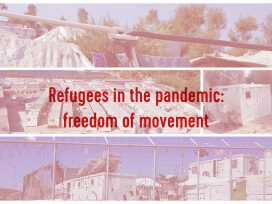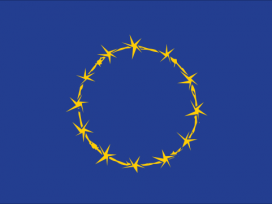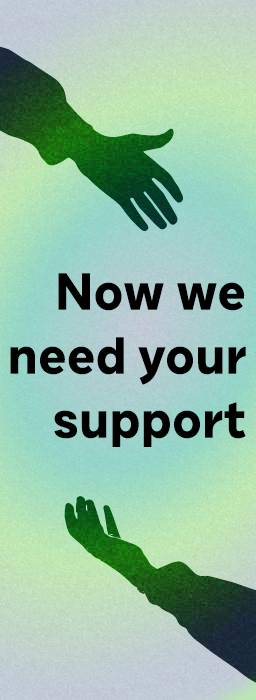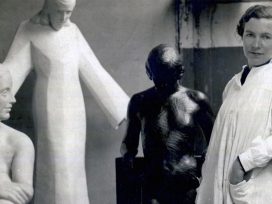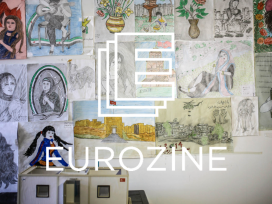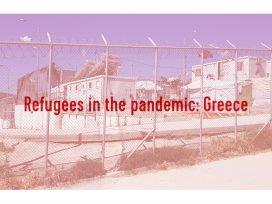The management of migration flows over the last ten years has created a vast laboratory of repression in Europe. Public opinion has always been encouraged to consider the European Union an expression of historical achievements: breaking down borders, freedom of movement and prosperity for everybody. In reality, these achievements are only valid for European citizens.
Today, Europe is a fortress that consists of laws, regulations and concrete walls designed to deny entry. I started this project in late 2010 in the region of Evros, Greece, with the journalist Fabrizo Gatti – on assignment for L’Espresso. There was talk of building a 12-kilometre-long fence, to block the migration flows at the only part of the border not on the River Evros, which constitutes the natural border between Greece and Turkey. Almost 70 per cent of immigrants choose this stretch of land in order to enter Europe. We observed it for days.
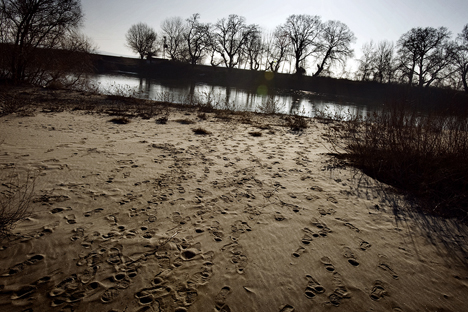
Every night, we met groups of people who crossed it in small boats. Many arrived frozen, with wet clothes. In winter, temperatures are below zero. There is no assistance. Many of them do not make it. Detention centres await them, where they are detained for months under inhumane conditions. No one can help them without risking the crime of aiding and abetting illegal immigration and being arrested.
A similar story applies to those trying to cross the border in Morocco, in order to enter the Spanish enclaves of Ceuta and Melilla. In 2005, a mass attempt by some 600 migrants to cross the border led to the deaths of ten people. A hundred more were injured. The result: Europe has reinforced the metal barriers that surround the enclaves. Today, two six-meter-high and 12-kilometre-long walls surround Ceuta and Melilla. But this has not stopped migration.
Immigrants try to cross by swimming or with the help of drug traffickers who cram them inside cars or specially modified vans in unbearable conditions. Some of them drown, others risk asphyxia. In March 2014, two died in this way, drowning in the hope of entering Europe. I saw their bodies still lying in the cold store waiting for someone to choose the type of burial. Christian or Muslim.
Many immigrants arrive at Ceuta and Melilla from the southern Sahara after exhausting
journeys. They believe they have already arrived in Europe, but the special laws of the Spanish enclaves manage to hold them captive there for years, in a sort of limbo. They are forced to live in shantytowns to escape from the police, who, during continuous interventions, seek to identify and then expel them forcibly.
I also documented from January to May 2011 the state of emergency in Italy after the massive landing of Tunisian migrants on Italian shores during the so-called Arab Spring. Many of these people made for the island of Lampedusa, which has for years stood as a prominent symbol of the fight that Europe and the Italian government have waged against irregular migration in the Mediterranean region.
With this project I am trying to tell the story of Europe’s borders. Getting to know the places of transit, the conflicts and contradictions of the boundary between Europe and the world has shaped and affected me. The fences with which Europe has surrounded itself do not stop migration, but make the situation even more dramatic and violent.
Over the past 14 years, about 17,000 immigrants have died in the Mediterranean trying to cross the material and virtual walls that surround the European Union today – 60 times the number of people who lost their lives attempting to cross the Berlin Wall in 28 years. And the numbers will increase year by year.
